 Words Without Borders, a site that translates contemporary world literature into English, has a new issue out showcasing graphic novels on “topics ranging from the Spanish Civil War to the Shining Path, organized labor in France and broken homes in South Africa.”
Words Without Borders, a site that translates contemporary world literature into English, has a new issue out showcasing graphic novels on “topics ranging from the Spanish Civil War to the Shining Path, organized labor in France and broken homes in South Africa.”
From Wired: How the Mexican city of Cuernavaca’s bus traffic helps physicists model complex systems. Turns out, nature, math, and bus departures in Cuernavaca all exhibit a delicate balance of randomness and regularity known as the “universality principle.”
Rebecca Solnit examines how Google and other Silicon giants have created parallel infrastructures for their employees in San Francisco, making the city a gentrifying bedroom community for the world’s tech capital.
All my Internet ones and zeros are apparently routed (rooted?) through this building; just one hub plugged into 550,000 miles of undersea cabling that circuits the globe.
My new favorite Tumblr: WTF Evolution?


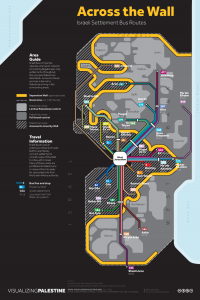
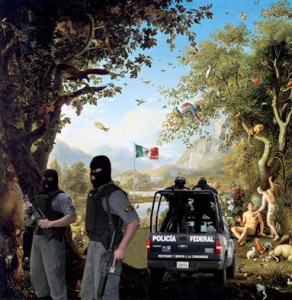 Jason Dittmer has a smart review
Jason Dittmer has a smart review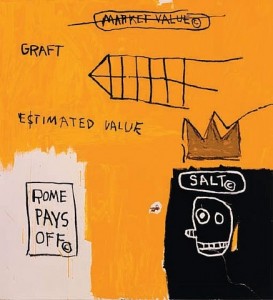 Mapping the Nation: History and Cartography in Nineteenth-Century America (U of Chicago, 2012) by Susan Schulten was
Mapping the Nation: History and Cartography in Nineteenth-Century America (U of Chicago, 2012) by Susan Schulten was  A
A 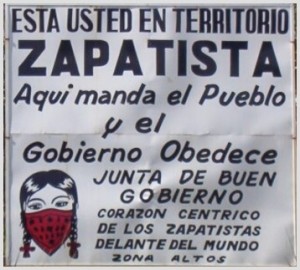 After
After  My column published today in
My column published today in 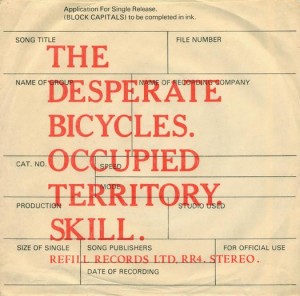 Because I can, I am still on vacation. But ever wonder about why The Netherlands
Because I can, I am still on vacation. But ever wonder about why The Netherlands 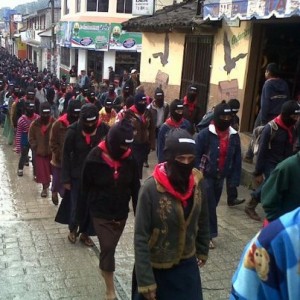 After months (years?) of people talking about Mayans in the past tense, as a bygone civilization that predicted the end of the world, tens of thousands of Zapatistas quietly filed out of the mountains in southern Mexico and flooded into the central plazas of five municipalities in the state of Chiapas. They stayed for a couple hours and then left—all of it, in total silence, left fists raised in the air. High-end estimates say as many as 40,000 people marched from Zapatista communities—indigenous choles, mam, tojolabales, tzotziles, and zeltales. They peacefully took the same plazas that the EZLN (Zapatista Army of National Liberation) seized by force almost exactly 19 years ago.
After months (years?) of people talking about Mayans in the past tense, as a bygone civilization that predicted the end of the world, tens of thousands of Zapatistas quietly filed out of the mountains in southern Mexico and flooded into the central plazas of five municipalities in the state of Chiapas. They stayed for a couple hours and then left—all of it, in total silence, left fists raised in the air. High-end estimates say as many as 40,000 people marched from Zapatista communities—indigenous choles, mam, tojolabales, tzotziles, and zeltales. They peacefully took the same plazas that the EZLN (Zapatista Army of National Liberation) seized by force almost exactly 19 years ago.